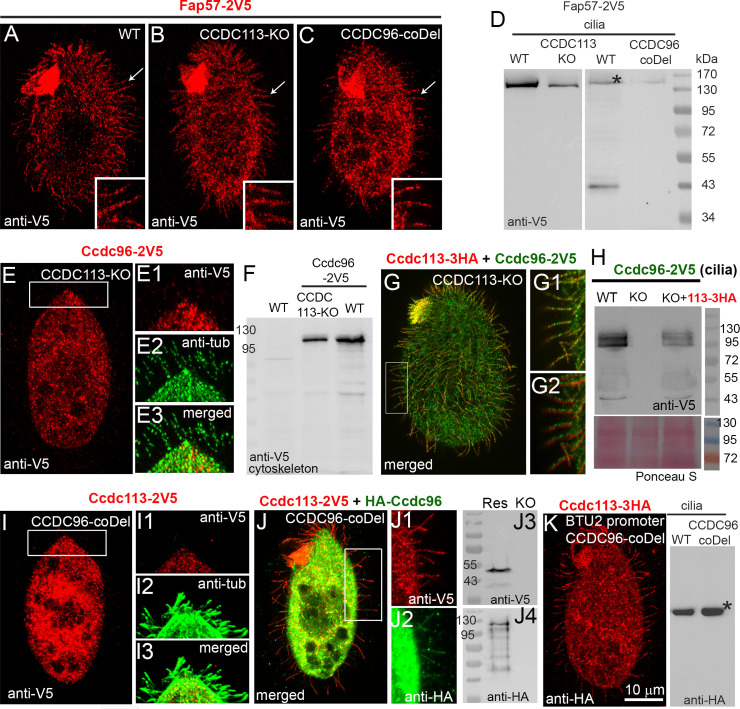Fig 6. Ciliary localization of Ccdc96 requires the presence of Ccdc113.
(A-C) Immunofluorescence confocal images of (A) wild-type (WT), (B) CCDC113-KO and (C) CCDC96- coDel Tetrahymena cells expressing Fap57A-2V5 at native levels, labeled with anti-V5 antibodies showing that Fap57A localizes in cilia independently of Ccdc113 and Ccdc96. (D) Western blot of ciliary proteins isolated from WT and knockout cells expressing Fap57A-2V5 under the control of its native promoter. Star indicates the position of the Fap57A-2V5 protein. An additional band in one of the WT samples is a partly degraded Fap57A-2V5. In the case of a blot to the right, only 25 μg of proteins were loaded. (E-E3, F) Immunofluorescence confocal image (E) and Western blot (F) showing that Ccdc96-2V5 is not targeted to cilia in cells lacking Ccdc113 (E, E1) although it is present in cells (F). (G-G2) Immunofluorescence confocal images and Western blot (H) indicating that co-expression of Ccdc113-3HA with Ccdc96-2V5 restores ciliary localization of both proteins in CCDC113-KO mutants. (I-I3) Immunofluorescence confocal image showing that Ccdc113-2V5 is not targeted to cilia in cells lacking Ccdc96. (J-J4) Immunofluorescence confocal images (J-J2) and Western blot (J3-J4) indicating that co-expression of Ccdc113-2V5 with HA-Ccdc96 restores ciliary localization of both proteins in CCDC96-coDel mutants. (K) Immunofluorescence confocal image and Western blot showing that Ccdc113-3HA expressed at higher levels (under the control of the BTU2 promoter) is present in cilia in cells lacking Ccdc96 (CCDC96-coDel mutant).

